10 Best Herbal Creams For Acne
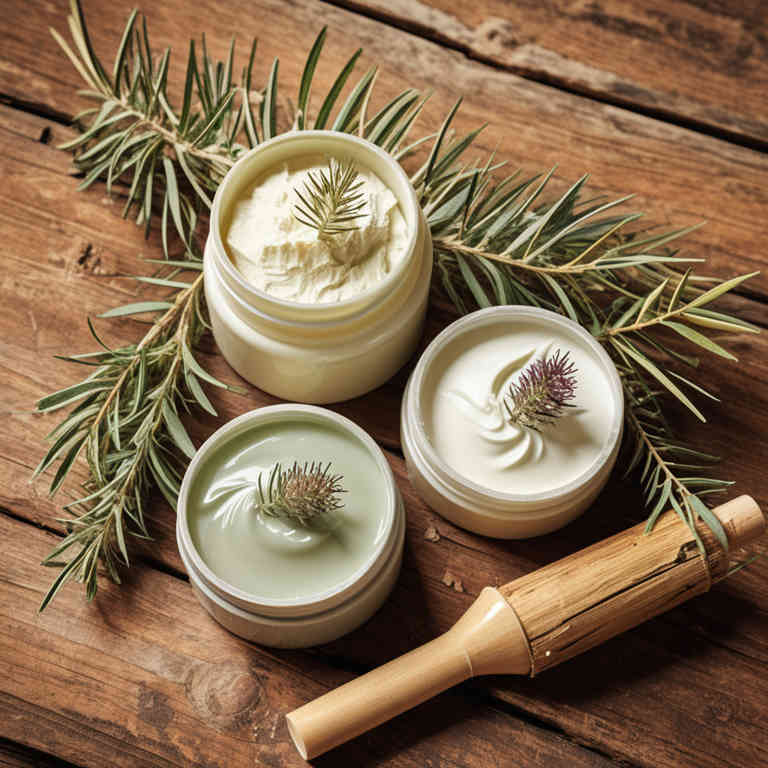
Herbal creams for acne are natural skincare products that incorporate plant-based ingredients known for their anti-inflammatory and antibacterial properties.
Common ingredients include tea tree oil, aloe vera, neem, and chamomile, which help reduce redness, inflammation, and bacterial growth on the skin. These creams are often preferred by individuals seeking alternative treatments to conventional acne medications due to their mild and soothing effects. They can be effective in managing mild to moderate acne and preventing breakouts by maintaining a balanced skin pH.
However, it is important to consult a dermatologist before using herbal creams, especially if you have sensitive skin or severe acne, to ensure safety and effectiveness.
FREE Herb Drying Checklist
How to make sure every batch retains maximum flavor, color, and aroma without the risk of mold or over-drying. Eliminate guesswork and trial-and-error, making herb drying faster, easier, and more efficient every time.
Table of Contents
1. Aloe barbadensis
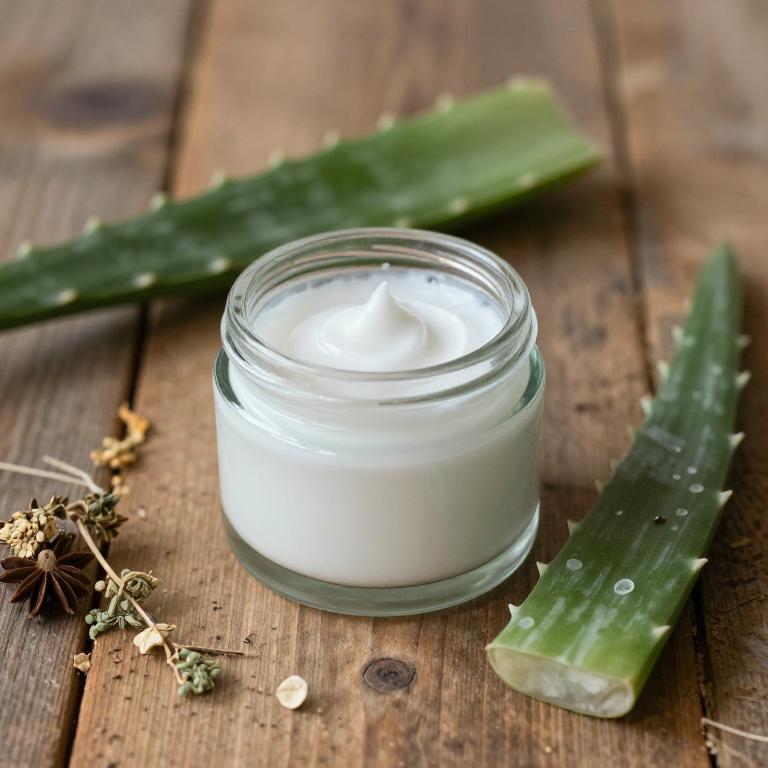
Aloe barbadensis, commonly known as aloe vera, is often incorporated into herbal creams for its soothing and healing properties.
These creams are popular among individuals seeking natural remedies for acne due to their anti-inflammatory and antimicrobial effects. Aloe vera contains compounds that can help reduce redness, swelling, and scarring associated with acne breakouts. Its ability to moisturize the skin without clogging pores makes it a suitable ingredient for sensitive or acne-prone skin.
When used consistently, aloe-based creams may support clearer skin by promoting healing and maintaining a balanced skin environment.
2. Zingiber officinale
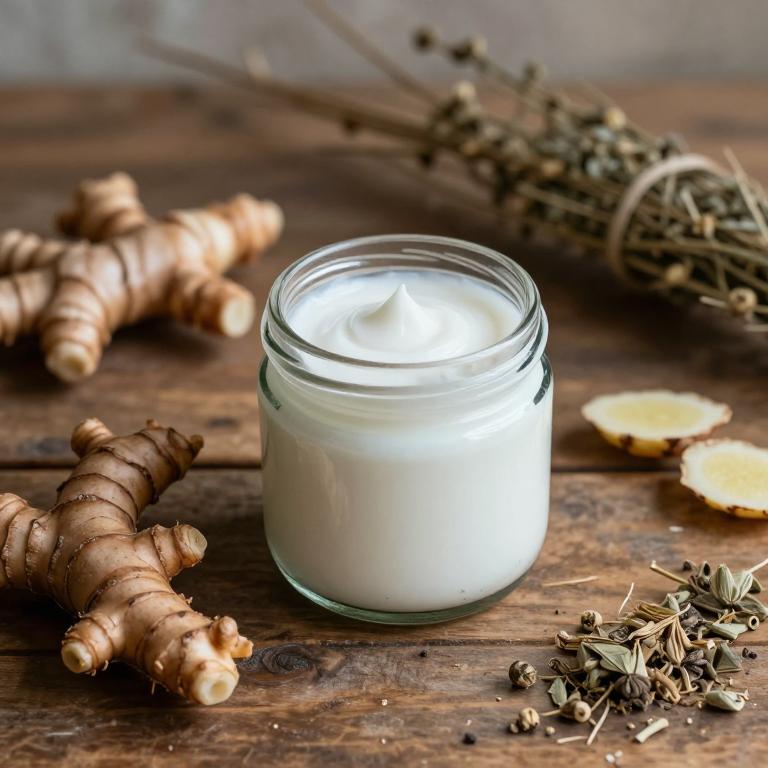
Zingiber officinale, commonly known as ginger, has been traditionally used for its anti-inflammatory and antimicrobial properties, which make it a valuable ingredient in herbal creams for acne treatment.
These creams often incorporate ginger extract to help reduce redness, swelling, and bacterial growth on the skin, common issues associated with acne. The active compounds in ginger, such as gingerols and shogaols, are believed to regulate sebum production and prevent pore clogging, thereby minimizing the formation of new acne lesions. When applied topically, ginger-based creams may offer a natural alternative to conventional acne treatments, particularly for individuals seeking gentler, plant-based solutions.
However, it is important to patch test these products to avoid potential skin irritation, as ginger can be harsh for sensitive skin types.
3. Hypericum perforatum
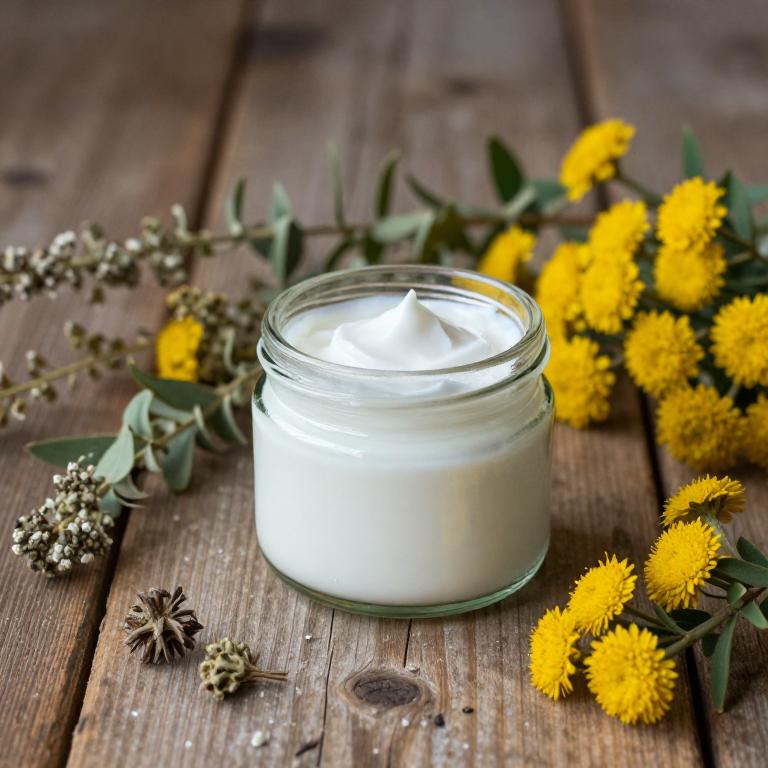
Hypericum perforatum, commonly known as St. John's Wort, is often used in herbal creams for its potential anti-inflammatory and antimicrobial properties that may help in treating acne.
These creams typically contain extracts from the plant's flowers, which are believed to reduce redness and irritation associated with acne breakouts. While some studies suggest that St. John's Wort may have mild antibacterial effects, its efficacy in treating acne is still under investigation and not as well-established as other topical treatments like benzoyl peroxide or salicylic acid. It is important to consult a healthcare professional before using St. John's Wort creams, as they may interact with other medications or cause skin sensitivity in some individuals.
Despite its traditional use, more clinical research is needed to fully understand its role in acne management.
4. Salvia officinalis
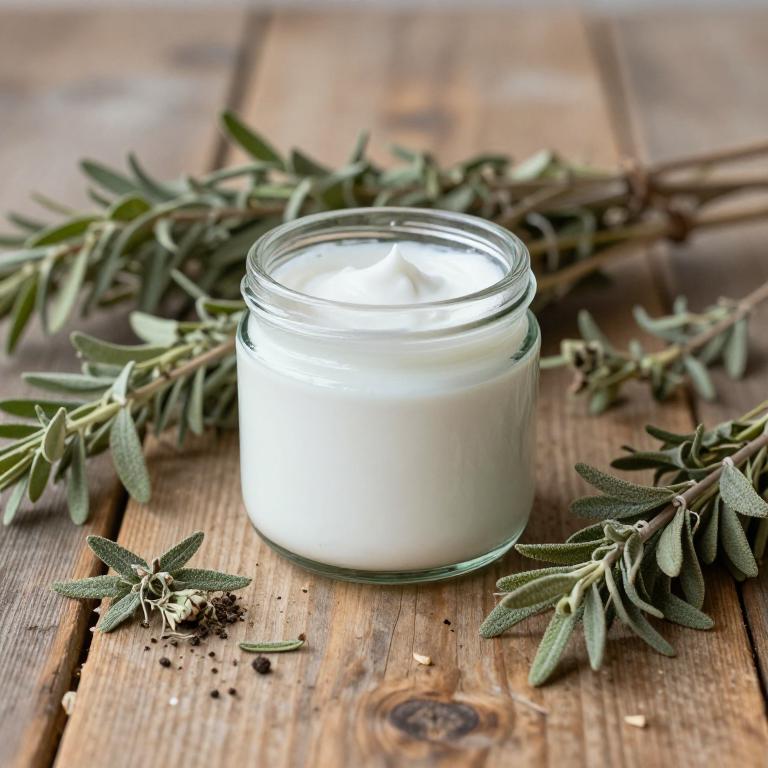
Salvia officinalis, commonly known as sage, is a herbal plant that has been traditionally used for its anti-inflammatory and antimicrobial properties.
Herbal creams containing salvia officinalis are increasingly being used to treat acne due to their ability to reduce inflammation and soothe irritated skin. These creams often combine sage extract with other natural ingredients like chamomile or aloe vera to enhance their therapeutic effects. The essential oils in sage have been shown to help regulate sebum production, which can prevent clogged pores and breakouts.
However, it is important to perform a patch test before using sage-based products to avoid potential skin irritation or allergic reactions.
5. Chamomilla recutita
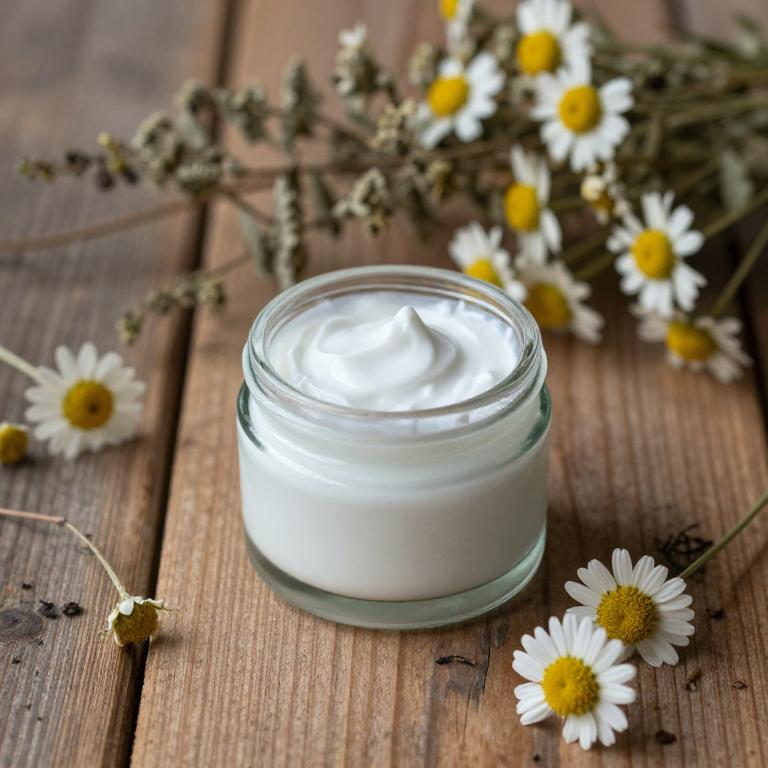
Chamomilla recutita, commonly known as German chamomile, is a popular herbal ingredient used in the formulation of topical creams for acne treatment.
These creams are valued for their anti-inflammatory and antimicrobial properties, which can help reduce redness, swelling, and bacterial growth associated with acne. Chamomile contains compounds like bisabolol and chamazulene, which have been shown to soothe the skin and promote healing. When applied regularly, chamomilla recutita creams may help prevent breakouts and improve the overall texture of the skin.
However, it is important to perform a patch test before use, as some individuals may experience allergic reactions to this herbal ingredient.
6. Rosa canina
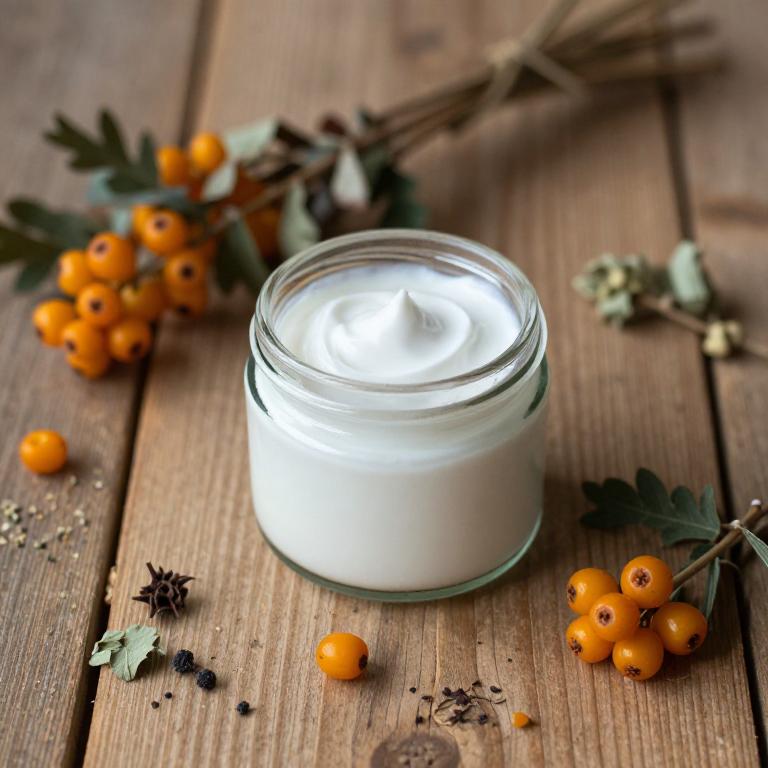
Rosa canina, also known as dog rose, is a traditional herbal ingredient known for its anti-inflammatory and antioxidant properties, making it a popular component in natural skincare products.
Rosa canina herbal creams for acne are formulated to help reduce redness, swelling, and irritation associated with breakouts while promoting skin healing. These creams often contain a blend of rosehip oil and other soothing botanicals that support skin regeneration and balance oil production. Due to their gentle yet effective nature, they are suitable for sensitive skin and can be used as part of a holistic approach to acne treatment.
Incorporating rosa canina into a skincare routine may offer long-term benefits by improving overall skin texture and reducing the appearance of acne scars.
7. Centella asiatica
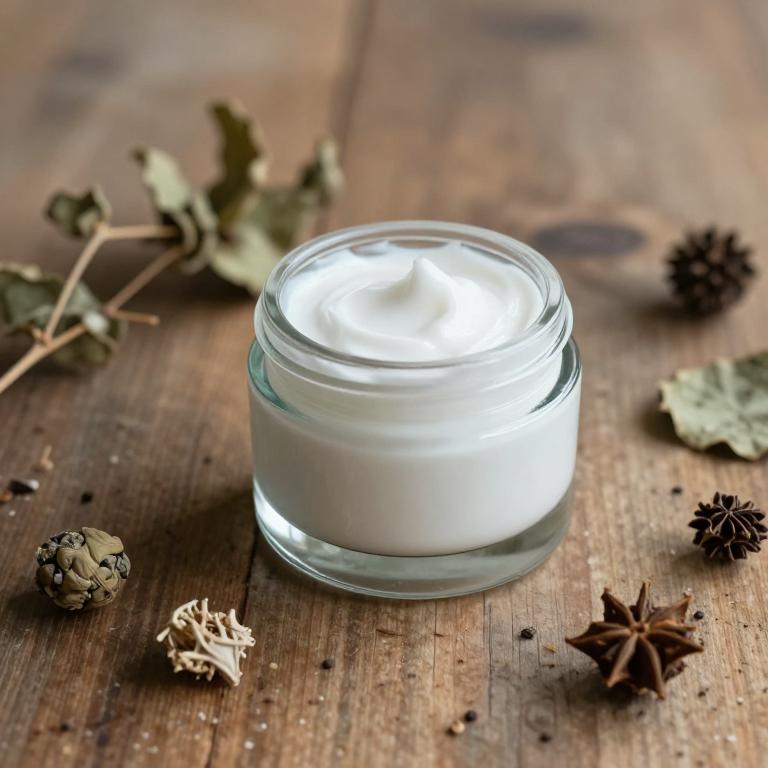
Centella asiatica, also known as gotu kola, is a traditional herb widely used in natural skincare for its healing and anti-inflammatory properties.
Centella asiatica herbal creams are formulated with extracts from this plant, which are believed to promote skin repair and reduce redness associated with acne. These creams are particularly beneficial for individuals with sensitive or inflamed skin, as they help soothe irritation without causing further breakouts. The active compounds in centella asiatica, such as asiatic acid and madecassol, support collagen production and enhance skin barrier function.
As a result, centella asiatica herbal creams are a popular choice for those seeking a gentle, natural approach to managing acne and improving overall skin health.
8. Lavandula angustifolia
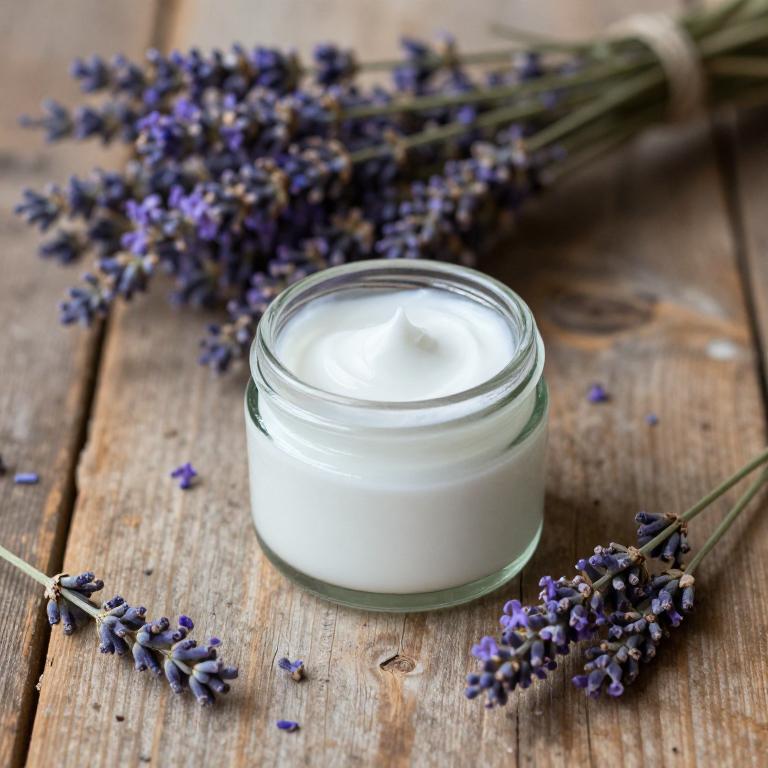
Lavandula angustifolia, commonly known as English lavender, is often incorporated into herbal creams designed to address acne due to its anti-inflammatory and antimicrobial properties.
These creams typically contain essential oils and extracts from lavender, which can help reduce redness, soothe irritated skin, and combat bacterial growth that contributes to acne. The calming aroma of lavender also provides a relaxing effect, enhancing the overall experience of skincare routines. When used consistently, lavender-based creams may help prevent breakouts and promote clearer skin by balancing sebum production.
However, it is important to perform a patch test to avoid allergic reactions, especially for those with sensitive skin.
9. Curcuma longa
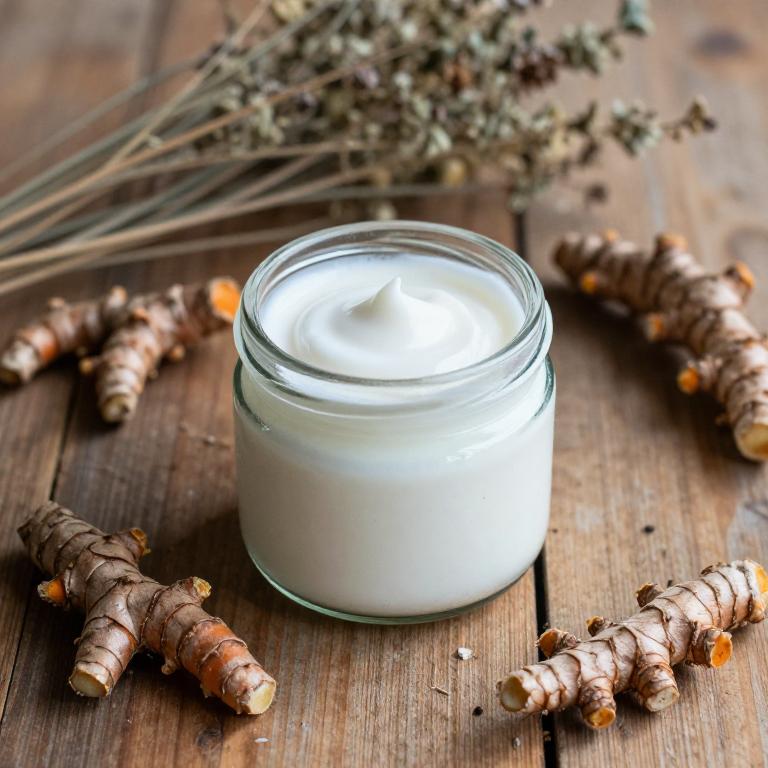
Curcuma longa, commonly known as turmeric, has been widely recognized for its anti-inflammatory and antioxidant properties, making it a popular ingredient in herbal creams for acne treatment.
These creams often contain curcumin, the active compound in turmeric, which helps reduce redness, swelling, and bacterial growth associated with acne. The natural antimicrobial properties of curcuma longa can help combat the bacteria that contribute to acne formation, promoting clearer skin. When applied topically, these creams may provide a gentle and effective alternative to conventional acne treatments with fewer side effects.
However, it is important to consult a dermatologist before using turmeric-based products to ensure they are suitable for your skin type and condition.
10. Echinacea purpurea
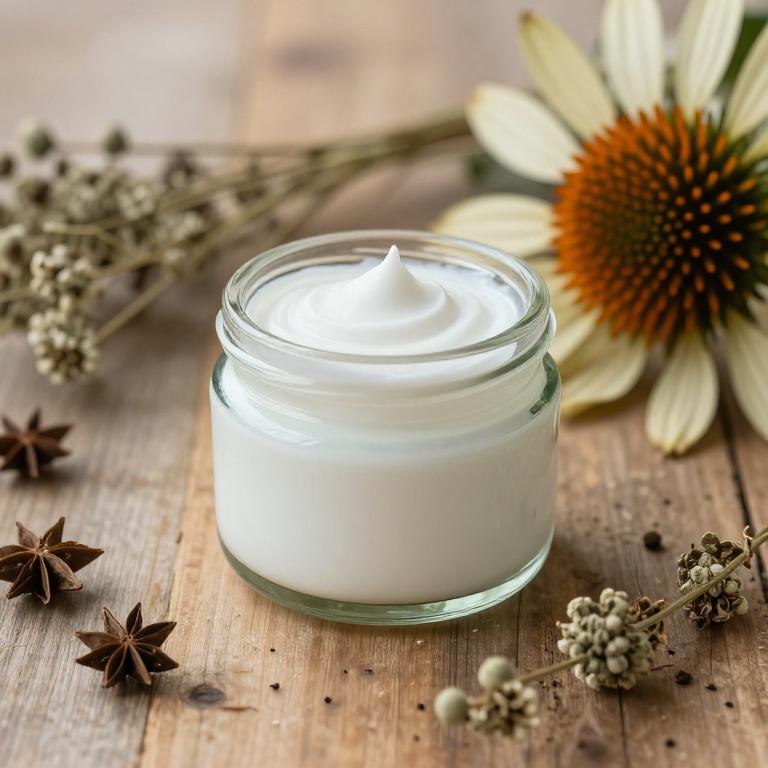
Echinacea purpurea, commonly known as purple coneflower, is a popular herbal remedy often used in topical creams for its potential anti-inflammatory and antimicrobial properties.
These creams are designed to target acne by reducing redness, swelling, and bacterial growth on the skin. While some studies suggest that echinacea may help soothe skin irritation, its effectiveness in treating acne specifically is still being researched. Many over-the-counter products containing echinacea are marketed for their natural approach to skincare, appealing to those seeking alternatives to conventional acne treatments.
However, it is important to consult a dermatologist before using echinacea-based creams, as individual skin reactions can vary.